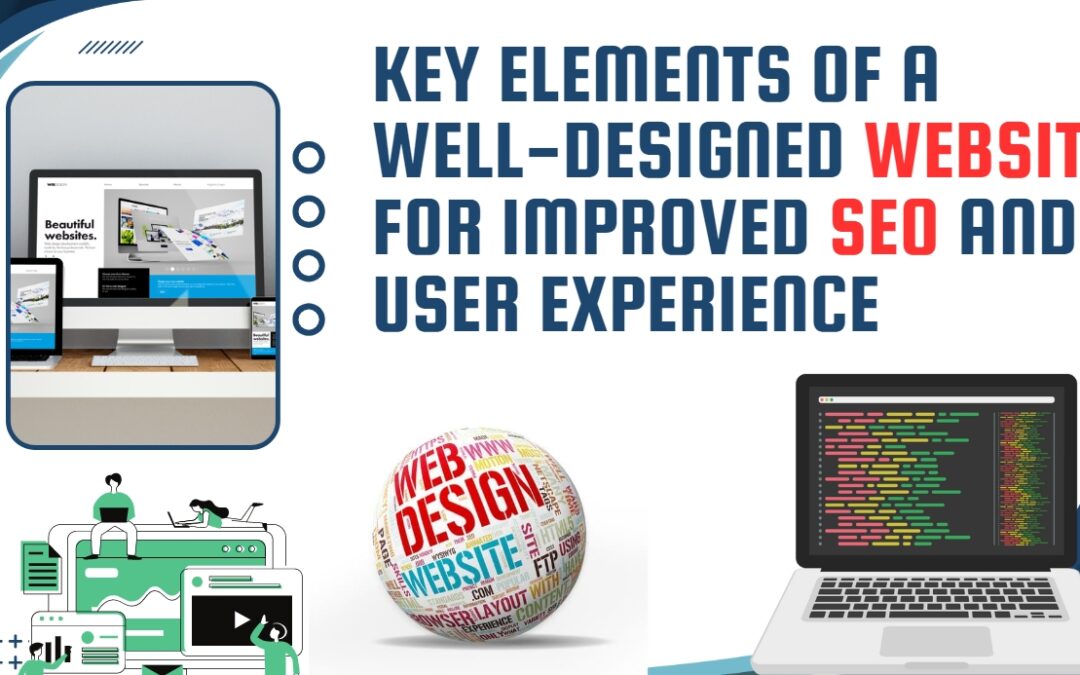
The Importance of Displaying Reviews on Your Website
Introduction:
In today’s digital landscape, where consumers heavily rely on online information, displaying reviews on your website has become a vital component of building trust and credibility with your audience. In this article, we explore the compelling reasons why showcasing customer reviews can significantly benefit your business and contribute to its success.
Establishing Social Proof:
Displaying reviews on your website serves as a powerful form of social proof. When potential customers see positive feedback from satisfied clients, it validates the quality and reliability of your products or services. Social proof enhances your brand’s reputation and creates a sense of trustworthiness, making visitors more likely to engage with your business.
Building Consumer Trust:
Transparency is key in building trust, and customer reviews provide an authentic and unbiased perspective on your offerings. By openly sharing feedback from previous customers, you demonstrate your commitment to honesty and customer satisfaction. This transparency helps establish a sense of trust between your business and potential customers, encouraging them to choose your products or services over competitors.
Influencing Purchase Decisions:
Customer reviews have a significant impact on purchase decisions. Research shows that consumers heavily rely on reviews to assess the quality, value, and suitability of products or services. Positive reviews act as persuasive testimonials, influencing potential customers to make a purchase. By displaying reviews prominently on your website, you provide valuable information that aids in the decision-making process and increases the likelihood of conversions.
Enhancing Search Engine Optimization (SEO):
Reviews play a crucial role in improving your website’s search engine rankings. Search engines consider fresh, relevant content as a key ranking factor, and user-generated reviews provide exactly that. When customers write reviews on your website, it generates new content, incorporating relevant keywords and phrases that search engines can index. This boosts your website’s visibility and increases organic traffic, leading to higher conversions and business growth.
Identifying Areas for Improvement:
Customer reviews offer valuable insights into your business’s strengths and weaknesses. By paying attention to feedback, both positive and negative, you gain a deeper understanding of your customers’ needs and expectations. Identifying areas for improvement allows you to refine your products, services, and customer experience, fostering continuous growth and enhancing customer satisfaction.
Conclusion:
In today’s digital era, the importance of displaying reviews on your website cannot be overstated. Reviews serve as a powerful tool to establish credibility, build trust, influence purchase decisions, improve search engine rankings, and identify areas for improvement. Embracing customer feedback and making it readily available to potential customers will undoubtedly enhance your brand’s reputation and contribute to long-term success. By prioritizing transparency, fostering positive customer experiences, and leveraging the power of social proof, you can elevate your business above competitors and establish a strong, trustworthy online presence.
Website Designer and Developer in Ireland
8 Effective Tips for Designing a SEO-Friendly Website and Boosting Your Online Marketing Strategy






